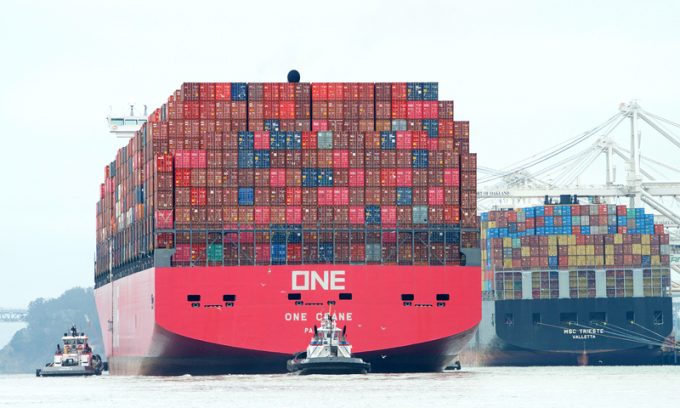Cancelled voyages take the sting out of spot rate declines this week
Container freight spot rates maintained their downward trajectory this week, as tariff uncertainty continued to ...

Shippers from Asia to North Europe face a severe capacity crunch, and carriers are set to add to their misery with mid-month FAK rises and peak season surcharges.
NVOCCs have told The Loadstar in the past few days they were experiencing three-to-four-week delays for FAVs (first available vessels) to North Europe, and even longer for the UK.
“We are paying their FAK rates, and even a premium on top, but we are really struggling to get boxes away from China,” said one source.
“I’m hearing ...
Maersk Air Cargo sees volumes fall as it aims for 'margin in favour of revenue'
Keep our news independent, by supporting The Loadstar
Container spot rates diverge: to Europe still falling, but firmer to the US
Hapag-Lloyd won't take bookings if port congestion leaves cargo stranded
Ecommerce likely the front-runner in resurge of transpacific trade after deal
Volume surge and an early peak season? 'Don't celebrate too soon,' warning
China-US trade tariff pause could drive a rebound for transpacific rates
Airfreight players eye new routes as demand on the transpacific nosedives
Service chaos from trade ban with India a problem for Pakistan shippers
Airfreight rates ex-China 'loss-making', but hopes of a trade deal stay high
Indian coastal freight attracts major carriers, but regional tension disrupts
Serious threat to jobs in US logistics as tariffs cause economic 'stagflation'


Comment on this article